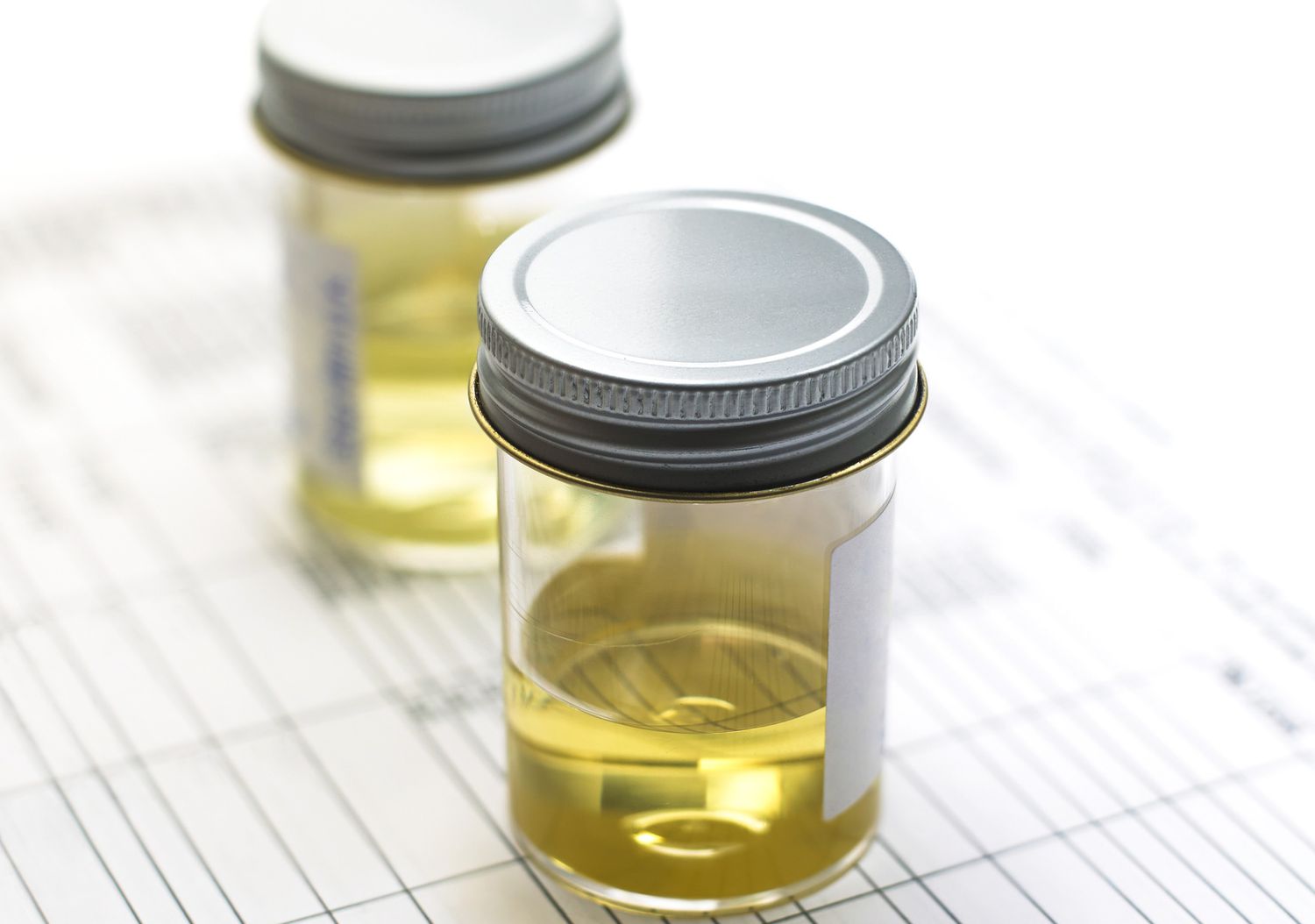
Most of the time, unusual urine colors like red, pink, blue, and green can be attributed to certain foods or medications. However, there are instances when these colors could indicate underlying health issues, and it’s important to consult your doctor.
Read more:
The Finest Clinics for Hernia Surgery in Singapore
From the delicate hue of chrysanthemum tea to the amber tint of pale ale, urine can present in various shades of yellow. If you haven’t been hydrating sufficiently, it might even take on a light orange color. The pigment responsible for these colors is urochrome, a byproduct of hemoglobin breakdown. This protein in red blood cells is filtered out of your bloodstream by your kidneys.
Your kidneys are the powerhouses that separate toxins from nutrients and maintain the balance of minerals like potassium and calcium in your body. Each kidney, about the size of your fist, works tirelessly to filter between 114 to 142 liters of blood daily, producing roughly 1 to 2 liters of urine.

This waste and excess water travel through the ureters, small tubes connecting the kidneys to the bladder, which can hold up to two cups of urine. Until you’re ready to use the bathroom, two urinary sphincter muscles, acting like rubber bands around the bladder’s opening, prevent any leakage.
The color of your urine can provide valuable insights into your health. While unusual colors can often be attributed to food or medications, there are times when a doctor’s consultation is warranted.
Clear or Light Yellow
- Indicates: Hydration
- What it Means: You’re well-hydrated and your body is functioning optimally.
Dark Yellow
- Indicates: Mild dehydration
- What it Means: You might need to drink more water.
Amber or Honey
- Indicates: Moderate dehydration
- What it Means: Your body needs more fluids.
Brown
- Indicates: Severe dehydration or liver issues
- What it Means: Drink water immediately and consult a doctor if it persists.
Pink or Red
- Indicates: Possible presence of blood
- What it Means: It could result from certain foods (like beets) or more serious conditions such as infections, kidney stones, or cancer. Consult a doctor if you haven’t eaten any red foods recently.
Orange
- Indicates: Dehydration or liver/bile duct issues
- What it Means: It could also result from certain medications. If you’re well-hydrated and still see orange urine, consult a doctor.
Blue or Green
- Indicates: Rare genetic conditions or food dye
- What it Means: Can also result from certain medications. While rare, if the color persists, it’s best to consult a doctor.
Cloudy
- Indicates: Possible urinary tract infection or kidney issues
- What it Means: If accompanied by a strong odor, it’s advisable to consult a doctor.
Always pay attention to the color of your urine and consult a healthcare professional if you notice any persistent or concerning changes.




